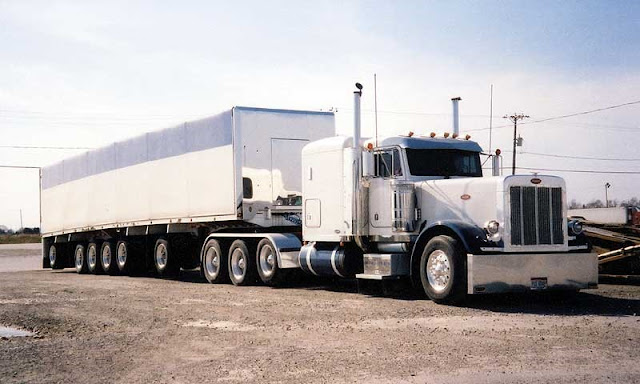 |
| Cargo Transportation in Wisconsin |
We are freight dispatch service agency with our own truck load dispatching software and truck dispatch procedures.
The State Freight Plan provides a vision for multimodal freight transportation and position the state to be competitive in the global marketplace by ensuring critical connections to national freight systems remain, or become, efficient.
WisDOT established a Freight Advisory Committee (FAC) to help inform the department on issues that impact freight mobility and to provide a voice for the freight sector on the development of freight-related policies, processes and projects.
Intermodal and Multimodal Freight
Of all the thematic areas identified, intermodal freight movement was most frequently discussed by attendees. In a change from a previous FAC (April 23, 2015) and previous GFIS meetings (November 28, 2012; August 14, 2014), the attendees indicated an expectation that WisDOT take a more aggressive role in support of policies, facility development, and other provisions. Attendees raised several concerns and provided multiple recommendations for WisDOT strategies in support of intermodal operation assessment and intermodal facility development. Statements included:
The plan lacks a strong intermodal analysis and strategy, and WisDOT lacks a leadership role in this area. WisDOT should be, at a minimum, a facilitator of the effort to develop intermodal options. In that role, WisDOT should take a stronger position and give clear direction through facilitating discussions between shippers, railroads, and potential site developers. Discussions on intermodal policy should include governance, facility costs, industry support, and degree of dedication to specific commodities or shippers.
Our truck dispatch services works 24/7 so if you are looking for a truck dispatcher welcome to join us.
Our truck dispatch services works 24/7 so if you are looking for a truck dispatcher welcome to join us.
The current privately-owned in-state intermodal facilities are ineffective and/or too slow. The Arcadia terminal does not allow other shippers to use it, while the Chippewa Falls terminal is dominated by one shipper and is expensive.
Discussion of intermodal freight containers needs improvement, including explanation of the different configurations for import/export (including sealed containers) and domestic intermodal.
The plan also lacks detail about intermodal container movement. The plan needs to identify potential improvements to operational efficiencies. Too many containers and trucks are running empty. It should discuss the balance of imported containers to export containers. This is one of the great challenges to intermodal service. What can WisDOT do to improve the efficiency of container movement?
Container drayage by truck to Chicago is also expensive, which hurts the state’s economy. Due to more abundant intermodal facilities, neighboring states have competitive advantages with container movement costs. When drayage is used, more permitting options for overweight loads are needed. Wisconsin’s five-axle configuration and spacing rules are too restrictive. Further, the ownership and condition of chasses also remains a concern.
The state should analyze intermodal needs and potential volumes statewide. This assessment should identify intermodal sites in near-term strategies. Kansas used this approach and that model should be followed.
There is a need to further document intermodal benefits, including what makes intermodal
facilities attractive to current truckload shippers. The plan should look at case studies of where freight is optimized. One option would be to identify tri-modal or quad-modal ports case studies (rail, truck, maritime, possibly air). What facilities are doing the right things? WisDOT can look at the best practices and review what happened in other states.
Multiple options for intermodal facility operation should be considered, including existing Class I rail companies and short lines. The private sector should still be integral to the planning, and lead the development of any facility. A state facilitation role for assisting intermodal facility development makes sense.
Port development and expansion should be discussed at greater length. Integration of
intermodal operations at ports with other plans (such as US DOT’s Maritime Administration’s (MARAD) Marine Highways, including the M35 Corridor) should be promoted.
The plan includes no discussion on Aerotropolis in Milwaukee. This initiative connects manufacturing with air freight.
Apart from intermodal facilities and their operations, more detail needs to be added on changes to transload business models.

